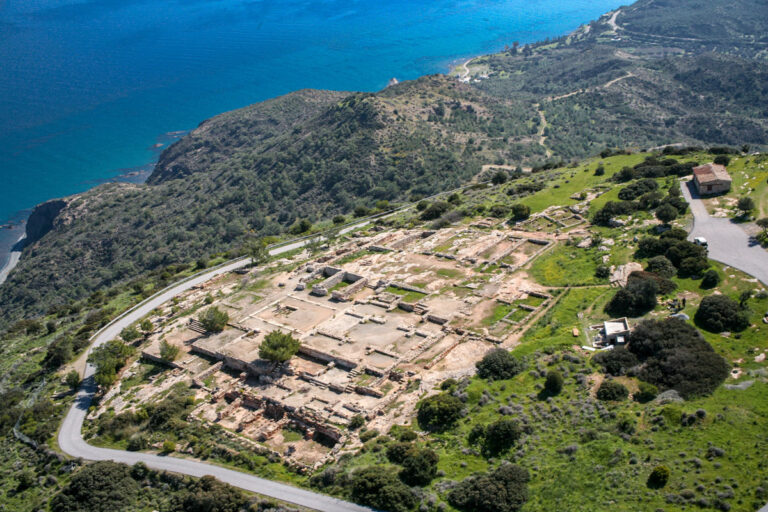North Cyprus is a cultural mosaic, echoing the legacies of ancient empires and religious traditions that once shaped the Eastern Mediterranean. From the Assyrians and Romans to the Byzantines, Lusignans, Venetians, and Ottomans, each left an indelible mark on the island’s landscape and soul. For history buffs and spiritual travelers, North Cyprus offers a deep and inspiring journey into the past investra.io.
🏛️ Must-See Historical and Religious Sites
1. Salamis Ancient City (Famagusta)
Founded around 1100 BC, Salamis is one of the most significant archaeological sites in Cyprus. This once-mighty city features Roman baths, a gymnasium, and theaters that reflect its grandeur during Roman and Byzantine periods https://the-northcyprus.com/.
2. St. Barnabas Monastery and Icon Museum (Famagusta)
Dedicated to Apostle Barnabas, this historic site includes a church, tomb, and museum housing beautiful 7th-century icons and religious artifacts. It played a pivotal role in the independence of the Cypriot Orthodox Church https://the-northcyprus.com/.
3. St. Mary Church (Famagusta)
This now-ruined Carmelite church features impressive Gothic architecture and serves as a historical reminder of the medieval Lusignan erahttps://the-northcyprus.com/.
4. Sourp Magar Armenian Monastery (Kyrenia Mountains)
Dating back to the 11th century, this secluded monastery was a refuge and spiritual center for the Armenian community. Although now in ruins, it’s still a symbol of multicultural coexistence https://the-northcyprus.com/.
5. Selimiye Mosque (Formerly St. Sophia Cathedral – Nicosia)
Originally a Gothic cathedral, this structure was converted into a mosque in 1570. Today, it stands as one of the most iconic architectural landmarks of Nicosia https://the-northcyprus.com/.
6. Haydar Pasha Mosque (St. Catherine’s Church – Nicosia)
This 14th-century Gothic building was originally a Latin Christian church before being turned into a mosque by the Ottomans. It also occasionally functions as an art gallery and cultural space https://www.northcyprusinvesting.com/.
📜 Historical Timeline & Religious Evolution
- Shifting Empires: From Assyrian and Persian rule to Roman, Byzantine, Lusignan, Venetian, and Ottoman domination, North Cyprus has seen countless rulers and cultural layers.
- Religious Transitions: The island evolved from ancient paganism to early Christianity, and later into a center of Islamic and Orthodox Christian life.
- Ecclesiastical Milestone: The discovery of Apostle Barnabas’s tomb helped establish the Cypriot Orthodox Church’s independence from the Patriarch of Antioch.
- Modern Religious Administration: Today, religious affairs in Northern Cyprus are governed by the Directorate of Religious Affairs, which oversees over 210 mosques and 225 imams.
🧭 Travel Tips: Visiting Religious & Historical Landmarks
| Location | Highlights | Tips |
|---|---|---|
| Famagusta | Salamis, St. Barnabas | Visit early in the morning to avoid crowds |
| Kyrenia | Sourp Magar Monastery | Difficult access – best to go with a local guide |
| Nicosia | Selimiye, Haydar Pasha | Visit mosques outside of prayer times for full access |
✨ Final Thoughts
North Cyprus is more than sun and sea—it’s a destination rich in historical depth and spiritual resonance. From the ruins of ancient cities to churches and mosques still in use today, the island provides a unique blend of sacred tradition and timeless beauty. Whether you’re a curious traveler, cultural historian, or spiritual seeker, North Cyprus invites you to connect with centuries of human story.


